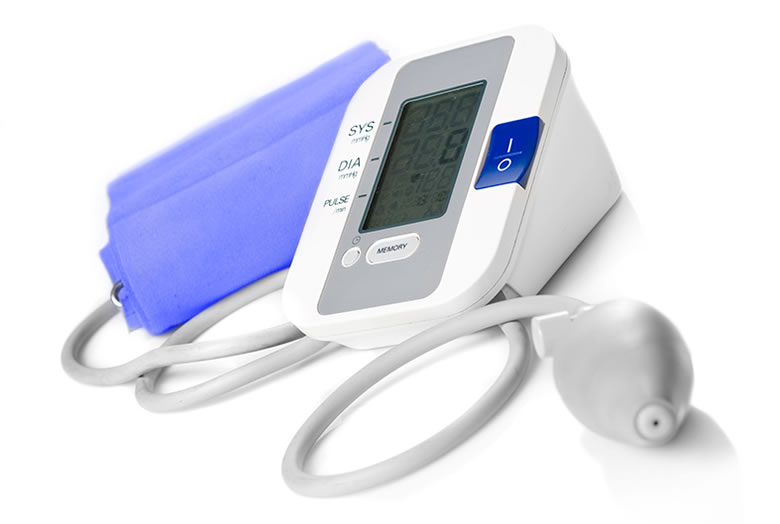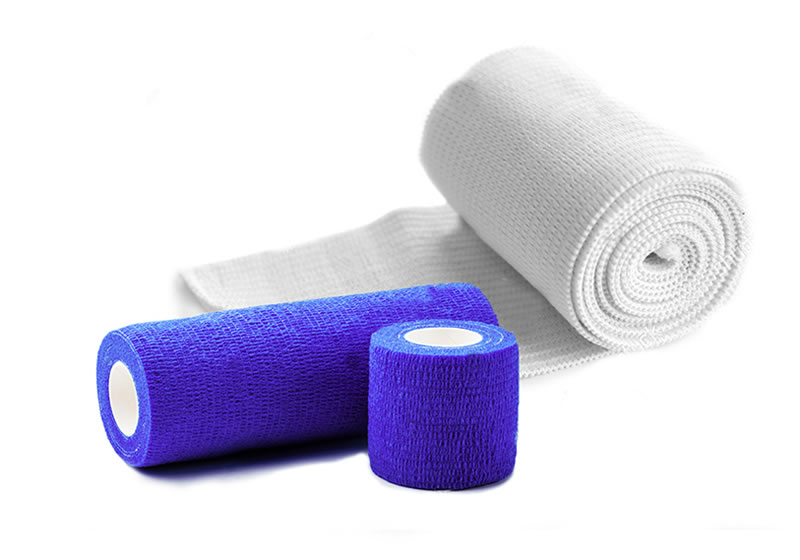Achieving your highest possible
quality of life is our goal.
High quality of life and low risk of further vascular disease are our priorities.

Vascular diseases are often related to the patient’s life circumstances, in rarer cases they are congenital. We would like to present some common vascular diseases here. It is difficult as a patient to correctly classify one’s own symptom, so that one should always be examined by a vascular specialist. Please feel free to visit one of our practices at Münchner Freiheit or Promenadenplatz.

